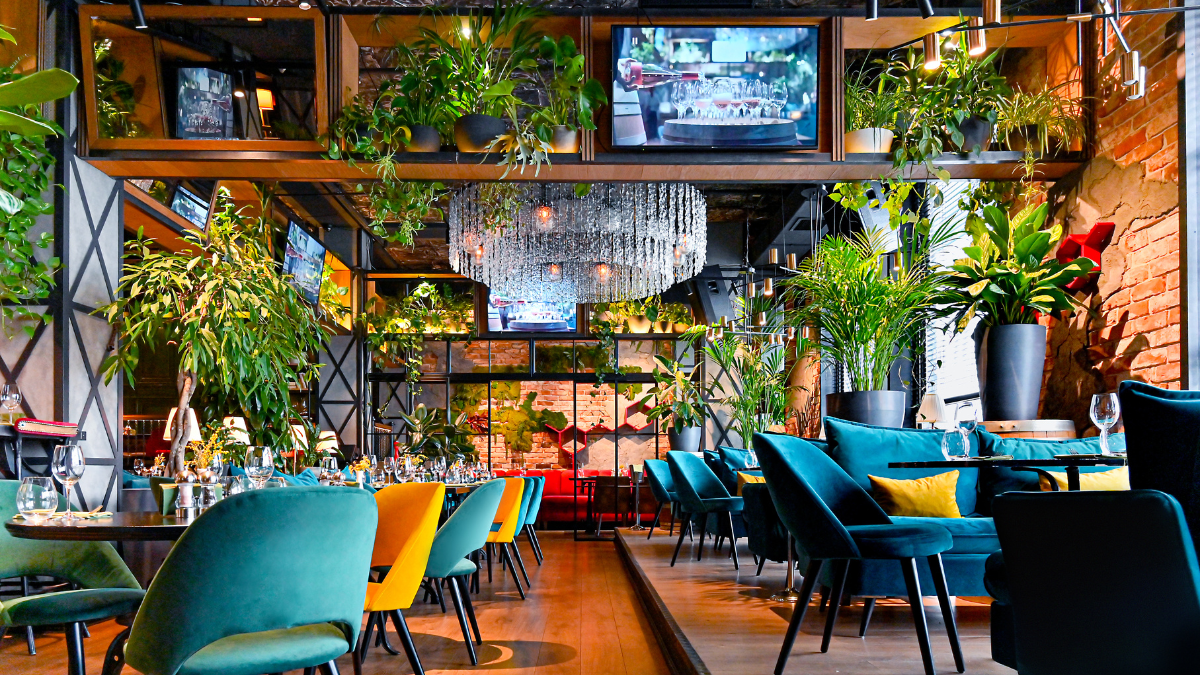One of the most important decisions when setting up a restaurant is determining how many restaurant chairs you need. The right number affects not just the seating capacity but also customer comfort, staff efficiency, and the overall dining experience. Buying too few chairs limits your ability to serve guests, while buying too many can overcrowd your space and hurt the ambiance. Below are key considerations to help you calculate the optimal number of restaurant chairs for your establishment.
Assessing Your Floor Plan Before Buying Restaurant Chairs
Before purchasing any restaurant chairs, it’s essential to thoroughly evaluate your floor plan. The layout of your space determines how many chairs can fit comfortably without compromising movement and service. A cramped dining area can negatively impact customer satisfaction and employee workflow.
Start by measuring the total available dining area, subtracting non-seating areas like the kitchen, restrooms, entryways, and service stations. Once you know your usable square footage, plan your table layout with walkways and spacing in mind. A general rule is to allow at least 18–24 inches between restaurant chairs and a minimum of 36 inches for aisles. With a well-planned floor map, you can calculate the ideal number of chairs that fit your space without overcrowding.
Calculating Seating Capacity with the Right Number of Restaurant Chairs
After establishing your layout, the next step is to calculate your seating capacity. This involves matching tables and restaurant chairs based on the type of service you provide and the size of your tables. For example, a standard 2-person table usually needs 2 chairs, while larger rectangular tables may seat 4 to 6 guests.
Think about the peak traffic times and average party sizes you expect. A casual café might see more two-top tables, while family-style restaurants need larger setups. Also consider whether you’ll be using booths, which affect how many restaurant chairs are needed.
Considering Flexibility and Extra Restaurant Chairs for Peak Hours
While you may base your primary purchase on daily needs, it’s smart to buy extra restaurant chairs for peak hours, private events, or seasonal surges. Holidays, weekends, or local events can significantly increase foot traffic. Having additional seating ready can maximize profits and prevent customer wait times.
Stackable or folding restaurant chairs are ideal backup options because they’re easy to store and move. They allow you to temporarily increase seating capacity without permanent rearrangement of your layout. Investing in flexible seating solutions means you’re prepared for fluctuations in business, all while maintaining a consistent guest experience.
Balancing Budget and Space When Purchasing Restaurant Chairs
While it may be tempting to buy as many restaurant chairs as your budget allows, over-purchasing can lead to cluttered dining areas and discomfort. Striking the right balance between cost and capacity is key. Start by investing in the core number of chairs based on your daily capacity, then gradually expand as your business grows or customer needs evolve.
Budget-conscious owners should also factor in durability, maintenance, and longevity. Choosing high-quality, commercial-grade restaurant chairs may have a higher upfront cost but often results in long-term savings. It’s also wise to buy a few extra chairs of the same design in case of damage, so replacements match your existing furniture.
Conclusion
Determining how many restaurant chairs to buy is about more than just filling a space — it’s a strategic decision that impacts the entire flow of your restaurant. By carefully assessing your floor plan, calculating your seating capacity, and planning for flexibility, you can create a welcoming environment that balances comfort, efficiency, and profitability.
Always consider your restaurant’s specific needs, peak hours, and available storage when making your purchase. Invest wisely in quality chairs that suit your space and branding, and leave room for future adjustments. With the right number of well-placed restaurant chairs, you set the stage for a smooth operation and satisfied guests every time they dine with you.

